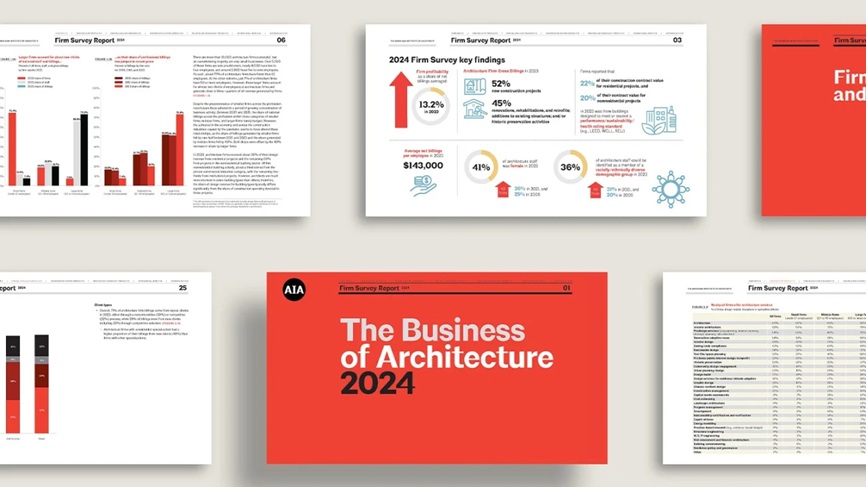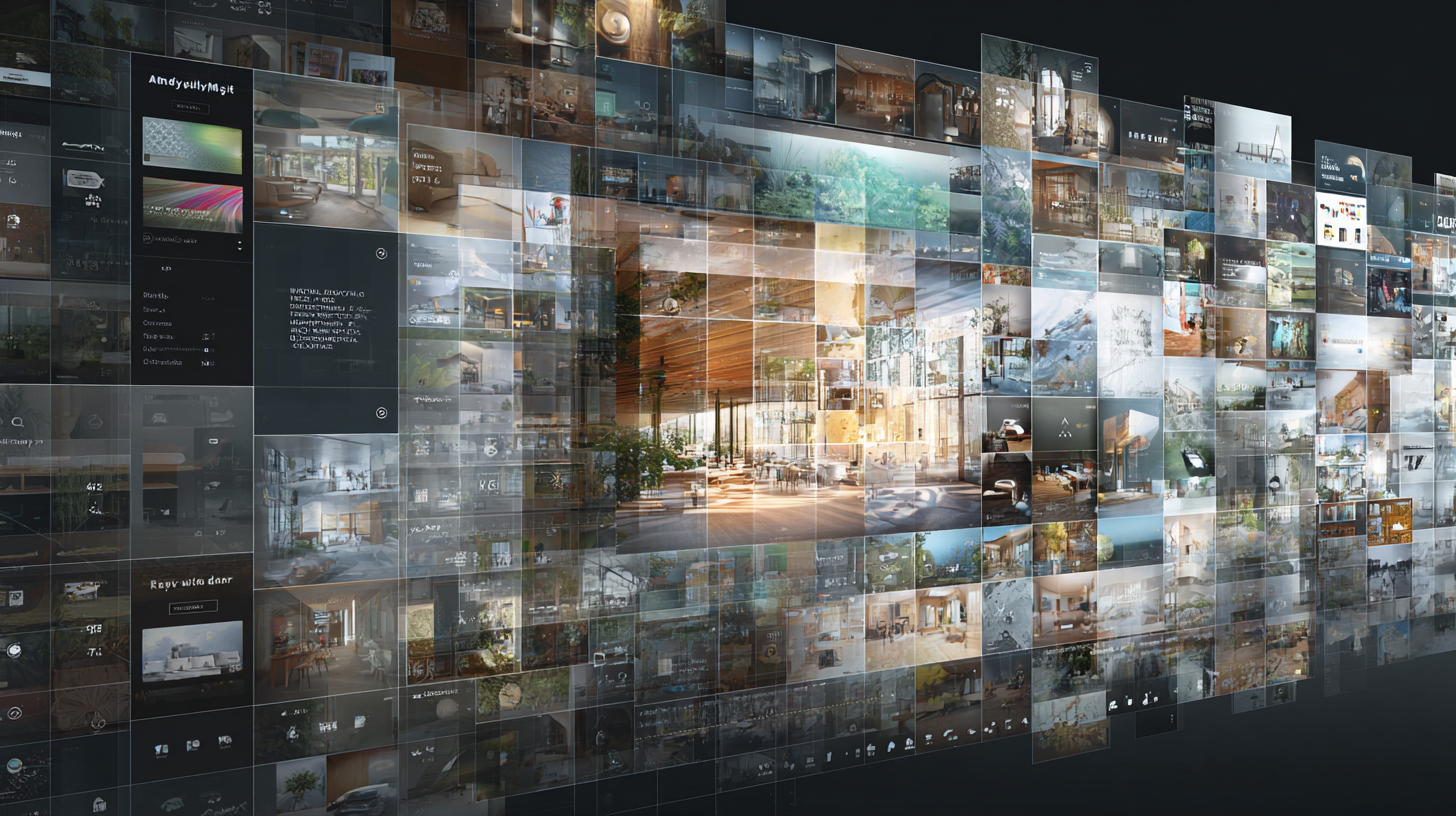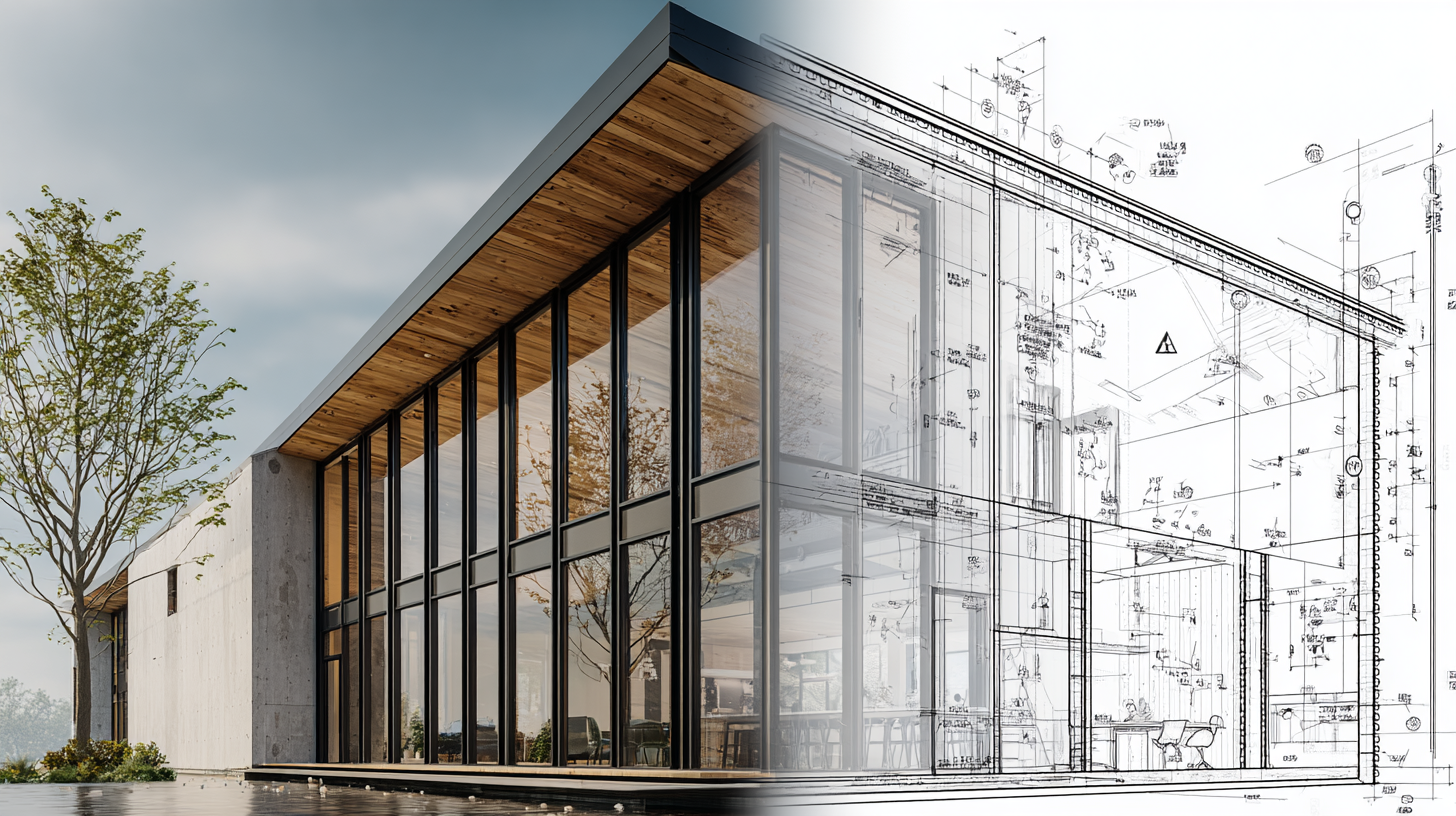Conceptualization & Inspiration: Curated Project Databases
Inspiration is the catalyst for design, but for professionals, it must be grounded in buildable reality. The most valuable online resources offer more than just compelling imagery; they serve as searchable databases of precedent, providing a gateway to understanding materiality, assembly, and site integration. They are tools for forensic analysis, not passive consumption.
As the titans of architectural media, ArchDaily and Architectural Record are indispensable resources for precedent studies. Professionals should engage with these platforms actively. Instead of simply browsing, use their powerful search filters to find projects by specific material (“rammed earth,” “charred cedar”), building component (“louvered facade,” “green roof”), or typology. Once a relevant project is identified, the goal is to deconstruct it. Study the high-resolution photographs to analyze facade assemblies, connection details, and weathering patterns. Read the project descriptions to identify the specific manufacturers and products used. This transforms a beautiful image into a tangible, buildable reference.
For Materiality and Detailing: Dezeen & Architizer
While also strong sources of inspiration, Dezeen and Architizer distinguish themselves through their deeper connections to the manufacturing industry. Both platforms feature dedicated sections—often called “Showroom” or “Brand Directory”—that directly link inspiring project photography to the companies that produced the specified materials.19 This functionality is invaluable, closing the critical gap between seeing an innovative facade system and identifying the manufacturer who can supply it. It allows designers to move seamlessly from inspiration to the initial stages of specification.
Modern exterior design does not stop at the building’s foundation. A truly successful project features a cohesive integration of structure and site. Landezine is an essential resource for landscape architecture professionals, offering an exhaustive, searchable database of global projects categorized by typology, from waterfronts and public plazas to private gardens. It is the premier platform for researching hardscape materials, sustainable drainage solutions, climate-appropriate planting palettes, and outdoor furniture specifications.
World Landscape Architecture (WLA) complements this with industry news and its prestigious annual awards program, which highlights emerging trends and best practices in landscape design across the globe. For architects and exterior designers, consulting these sites is critical for creating a holistic design that responds thoughtfully to its context and extends the architectural language into the landscape.





